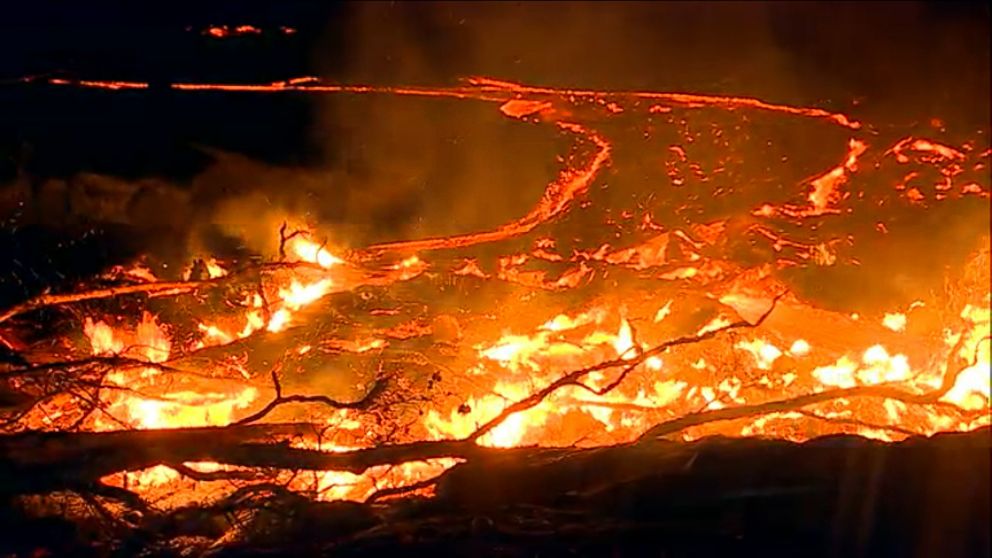

Red Cross closes operations at Oregon Convention Center evacuation shelter If the predicted thunderstorms cause enough rain to start a debris flow, the firefighters plan to be long gone before the mud and water come. This area doesn’t burn enough for us to understand post-fire soil behavior,” Roering said.įor now, fire crews are keeping a close eye on the weather and playing it safe. Roering thinks the steep topography of the gorge stopped water from accumulating and flooding the area. Although small landslides closed Interstate 84 and parts of the historic Columbia River Highway, “No flows ever came.” “The weather service issued a similar alert after the Eagle Creek Fire,” Roering said. Oregon’s 2017 Eagle Creek Fire in the Columbia River Gorge is a useful reference, said Josh Roering, a geologist at the University of Oregon. Almost all the research on post-fire debris flows has been done in California and Colorado: ecosystems that are very different from the ones in Oregon’s Cascade Mountain Range. All the underbrush, all the vegetation that normally holds soil in place, had burned to ash.īut that doesn’t mean that the predicted debris flows will actually occur. But as he drove through the burned area, that hope dwindled. He was hopeful going in: ODOT had done a lot of work along highway 224, putting up fences and nets to catch falling rocks. Oregon Department of Transportation senior geologist Michael Zimmerman spent the last two days driving the length of Highway 224, which cuts through the heart of the Riverside Fire in Clackamas County. They move enough to catch a car, and can carry boulders and logs downhill at terrifying speeds. The alert said to expect possible debris flows, which are surface landslides that occur after severe fires. The National Weather Service issued a flash flood warning Thursday for burned parts of the Beachie Creek and Holiday Farm fires east of Oregon’s Willamette Valley. Related: Incoming rain could improve Oregon's air quality Flash flood warnings bring landslide risks to burn areas She said by Friday most Oregonians will be breathing cleaner air. The air quality is expected to improve in the coming days, according to Gabriela Goldfarb, with the Oregon Health Authority. Kris Strickler, director of the Oregon Department of Transportation, said more than 240 miles of state roadways are closed. More than 2,000 people are staying in hotels or motels across the state, with 130 people staying in traditional shelters and another 875 staying in RVs or other types of shelter.

Thousands of homes are still being assessed, he said. There are still 10 large fires burning in the state.Ĭountless homes and businesses have been destroyed in the fires that have burned about 1 million acres in the state.Īndrew Phelps, with the Oregon Office of Emergency Management, said the official death toll remains at eight people. Grafe said the fires fully under control now include the Echo Mountain Fire near Lincoln City, the Powerline Fire near Gaston, the Chehalem Fire near Newberg and the Almeda Fire in southern Oregon, near Ashland and Medford. “The storm front does bring favorable moisture, however, there are some downsides and it’s those winds and it depends on where the winds land.”įirefighters have made significant progress on wildfires in recent days. “For the next 24 hours, we’re expecting some challenges with the weather,” Grafe said. Grafe did warn that the winds could increase and, if the moisture doesn’t hit the burning area first, those winds could be problematic and test any fire containment lines firefighters have established. “If I could script it, that’s exactly where I would ,” Grafe said, calling it “good news for Oregon.” Doug Grafe, the chief of fire protection for the Oregon Department of Forestry, said the moisture will be hitting an ideal area.


 0 kommentar(er)
0 kommentar(er)
